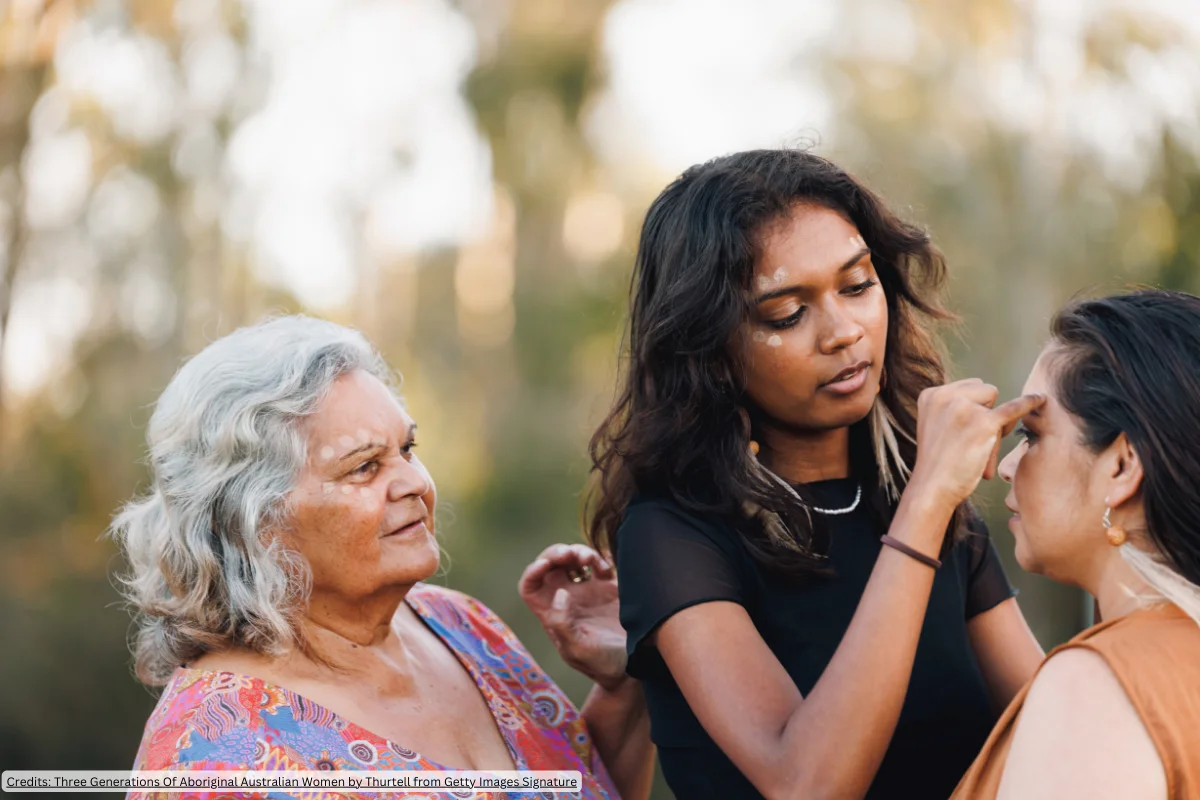Traditionally, any suggestion to a not-for-profit (NFP) board or management committee that it was time for a performance assessment was very gingerly approached with diplomacy and considerable courage. And no wonder when the process of board evaluation was too frequently a complex and challenging exercise that would descend into a splintering battle of wills. But for Australian NFPs, those bad old days are gone.
Across the sector, contemporary boards are now beginning to recognise how imperative it is to continuously monitor their levels of performance so they can adapt nimbly to changes in their environments.
Why evaluate your board?
Becoming reflective by diligently examining their own capabilities, boards of governance (and the individuals within them) can measure strengths and weaknesses against the competing demands they face.
Knowing precisely where they stand makes it relatively simple for boards to plan for a sustainable future. Seeing what needs to be done allows NFPs to equip their board with the type of professional development that will power it up to the next level.
How to evaluate your board
Thankfully, getting a NFP board to that essential point of self-recognition and measure is no longer the overwhelming, walk-on-eggs confrontation it once was.
Thanks to the innovative work of project leader Professor Myles McGregor Lowndes and his team of researchers at the Australian Centre for Philanthropy and Nonprofit Studies at QUT, it’s now possible to perform board evaluations using simple tools that have been purpose-designed to meet the needs of Australian NFP boards.
The Developing Your Board project (DYB) offers convenient, confidential, easy-to-use, online survey tools that any NFP board can use at its own discretion to evaluate its performance. It also offers ways of comparing their results against performance benchmarks across the third sector.
Researched, developed and tested on a sound academic base, the project focuses on the board as a governance team, rather than on its legal or business model approach. The benefits are obvious – it means that the DYB evaluation can be used by all NFP organisations regardless of their legal type, shape, size or mission.
Even better, for NFPs battling with budgetary pressures, this board evaluation service is free.
Intended to empower users to take ownership of their evaluation and planning processes, DYB tools are evidence-based and responsive to different contexts.
“Prescriptive, how-to-do-it tools based on armchair descriptions of heroic boards can lead to inappropriate guidance and could even prove demotivating. DYB is specially designed to encourage open discussion and interaction on changes that would improve governance and make a positive impact on the effectiveness of an organisation within its own current context,” says Professor McGregor Lowndes.
Evaluate your board, your Chair, or both
There are two ways you can use the DYB evaluation to measure the performance of the board and its Chair – and you are free to choose either or both.
The Whole of Board evaluation survey examines issues such as the collective skills set, sense of purpose, team function, synergy and more.
The Chair/President evaluation is done from both the perspectives of the board and the Chair. In one confidential report this shows how the Chair’s self-evaluation compares with how that pivotal individual has been appraised by other board members.
The Australian Centre for Philanthropy and Nonprofit Studies’ Senior Research Assistant Anne Overell says “Using simple graphs, DYB reports illustrate both the average and the range of responses on each aspect of performance. Crucial to appreciating team functionality, this is also a good way of identifying areas where board members agree or disagree.”
“One of the most exciting elements of this benchmarking project is that the Whole of Board Report also includes a colour-coded benchmarks table.
“This means you can compare your board’s results with those of boards from all organisations that have already completed the evaluation (currently around 150 and climbing). Repeated over time, this can offer valuable insight into a board’s performance, improvement and capacity.”
After the evaluation
Knowing where you stand is just the beginning of the evaluation and planning progression.
Some boards, having reflected on the results, will see a straight path to improvement. Others may find they need to take their results to a consultant for advice on how to go about moving forward. Armed with their DYB report they have a good place to start.
But many boards will begin by sourcing the professional development resources they need to improve their governance practice and procedures through their own networks, via the internet and in information-rich magazines like Third Sector.











